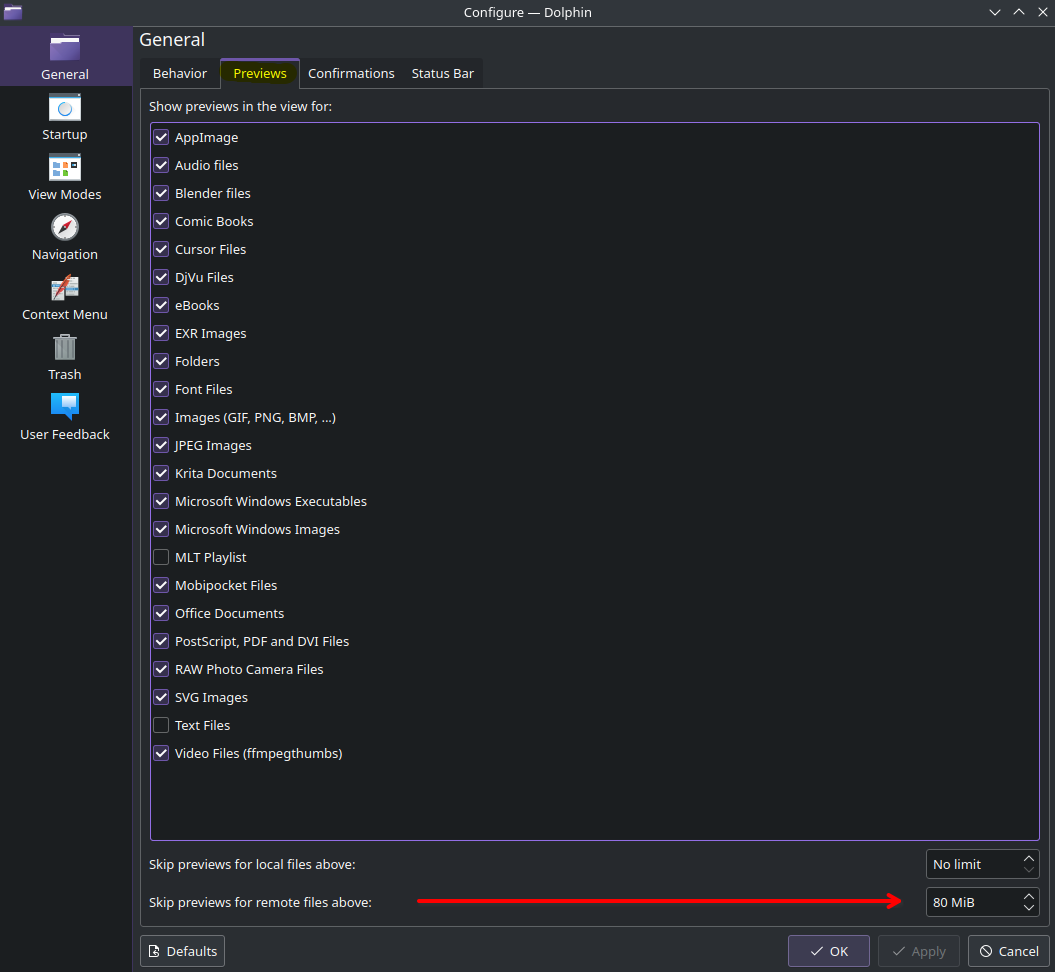Kubuntu Desktop LTS
Table of Contents
Getting Started
Get the Operating System
https://kubuntu.org/getkubuntu/
After you have the disk image [.iso] file you will want to use a program like Etcher or Rufus to write the file to a USB drive. You cannot simply copy the file to a USB using a file manager.
Then insert the USB drive in your target machine and boot the machine to the USB drive. You may need to configure your motherboard boot settings so it picks the USB drive.
When you boot from the USB drive you should see a Try/Install screen.
Make it feel like home
One of the first things you may want to do it make things look and feel more like 'home'. In the Systems Settings application the Appearance category is at the top, how nice.
In Appearance each sub category has several built-in options plus the ability to download more or customize things manually.
The built-in global themes gives you an easy way to go into night mode. I personally enjoy Breeze Dark.

There are also throwback styles that have been tossed away by other operating systems that you may still enjoy.

Managing your files
The file built-in file manager is called Dolphin. It will be the folder icon on your Task Manager, you can also search for it by name in the Application Launcher menu.
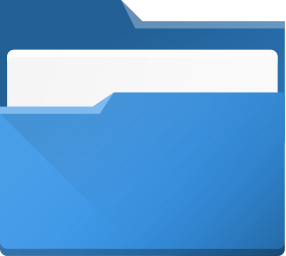
The Dolphin icon
You can configure Dolphin by clicking on the settings button in the top right.
Managing Software
Discover
The best source for software is the Discover application that comes with Kubuntu. Discover is described as an 'application explorer', it can search for, install, update, and uninstall applications. You can also enable Flatpak style apps via Discover.
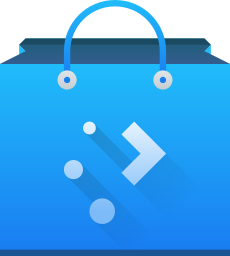
The Discover icon
Enable Flatpak Software
Flathub is an additional source of software that you can access through Discover.
Official website: https://flathub.org/
There will be a button to Enable Flatpacks, click that. Then you will want to click the button to add Flathub as a source. You may need to complete initial updates before these options will become available.
Your Flathub entry will look like this when done.
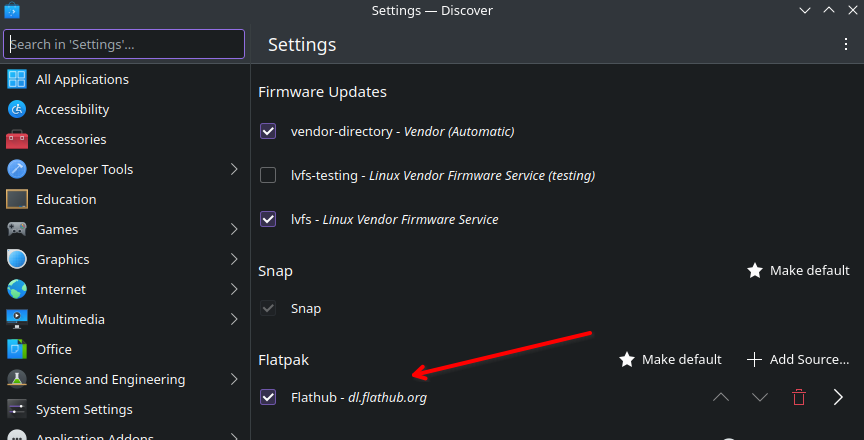
You should now see Flatpak software in your search results.
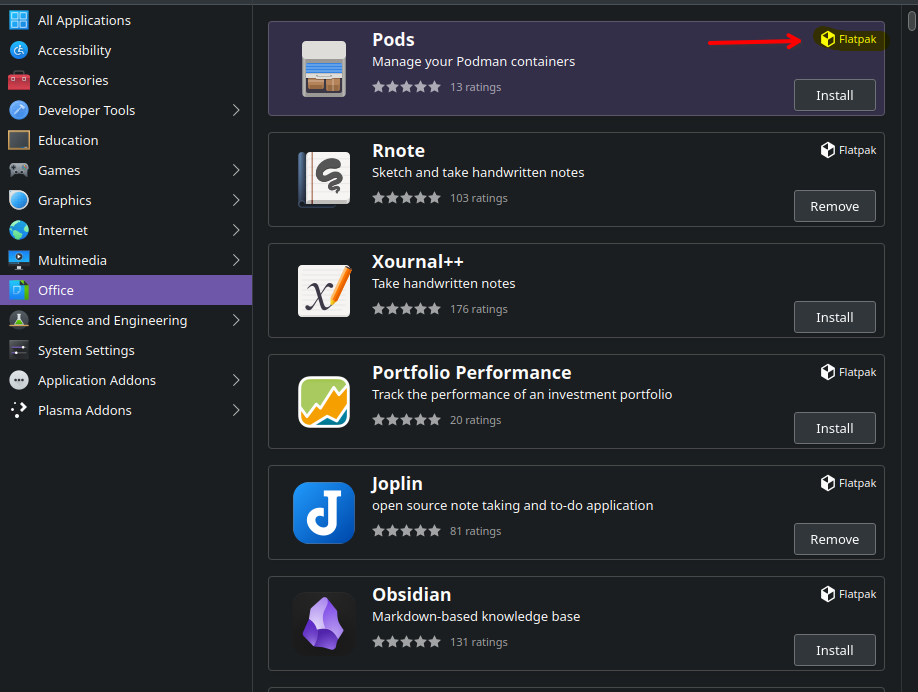
When installing software in Discover you can select between the source/type in the top right if there are multiple choices.
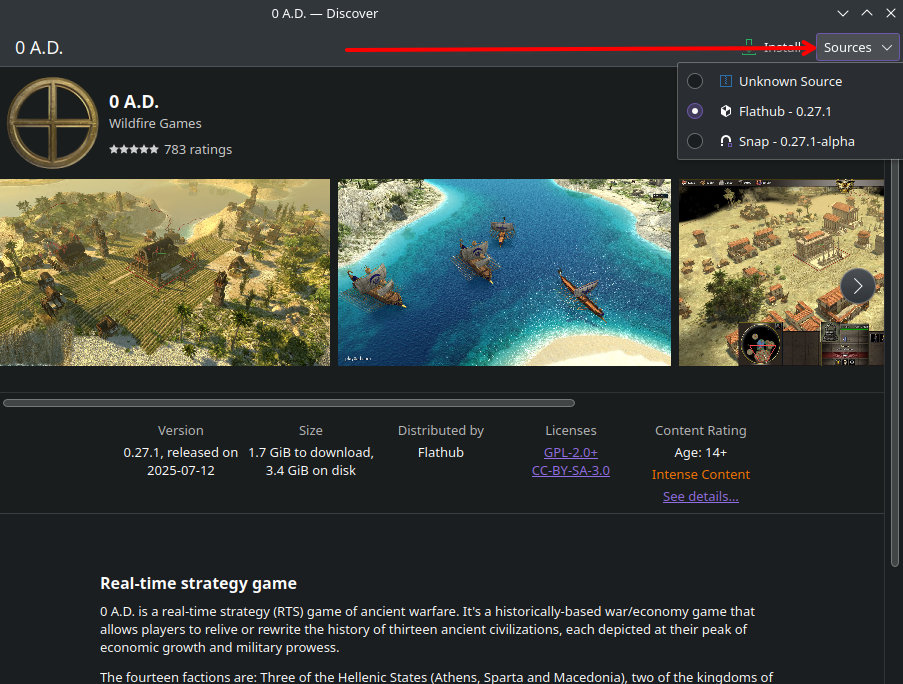
Other Software Sources
Debian packages [.deb]
When you are downloading software online you can typically run most Debian packages which are files that end with .deb extension. You can right click on these files, then select Open With and choose Discover. This should open an interface giving you more details about the software and the ability to install it. It could take a few moments for the details to show up.
Scripts [.sh]
You may come across some applications that use bash script to launch, most of these files will end with a .sh extension, but some may omit this.
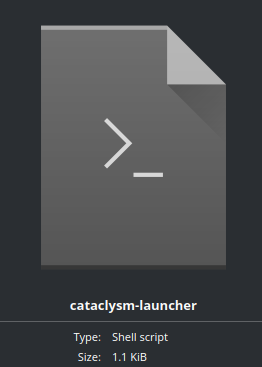
Administration
System Settings
The built-in System Settings application is where you will find most of the user configurable settings for the Kubuntu operating system.
Keyboard & Mouse settings are in Input Settings.
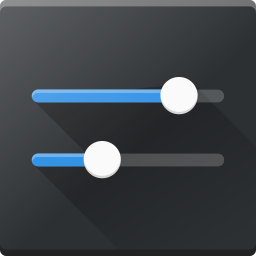
System Settings icon
Drivers
While still in System Settings you can manage your video driver in Driver Manager, this should launch the Software Sources application where you can select the specific driver. With the Software Sources application open you may want to review the first tab called Ubuntu Software and see if you have "Proprietary Drivers" enabled as you may want them.
System Activity / Task Manager
Press Ctrl + Esc to launch the System Activity application.
Managing Disks
My top pick for viewing, formatting, repairing, and other disk management tasks is an application simply named Disks by the GNOME Project.
You can find this app by searching for gnome-disk-utility in Discover.
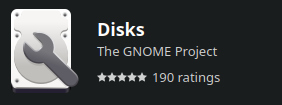
Other Topics
Installing Steam
I suggest getting the official installer by going to Steam's website. They are currently providing an easy to use file steam.deb. After downloading you can right click on this this file, then select Open With and choose Discover to get details and install. The Steam application will keep itself up to date.
Link: https://store.steampowered.com/about/
Connecting your mobile device and desktop
KDE Connect can enable connectivity between your phone and your desktop including:
- Text message popups
- Controlling your mouse remotely using your touchscreen
- Sharing clipboard contents
- Sharing files
Enable thumbnail previews on files
If you are browsing files, in particular networked locations, and not seeing thumbnails for images you can fix this by changing preview settings.
Go into Dolphin's configuration screen by clicking on the settings button in the top right.
Then go to the Previews tab and customize your settings in the list and at the bottom.
